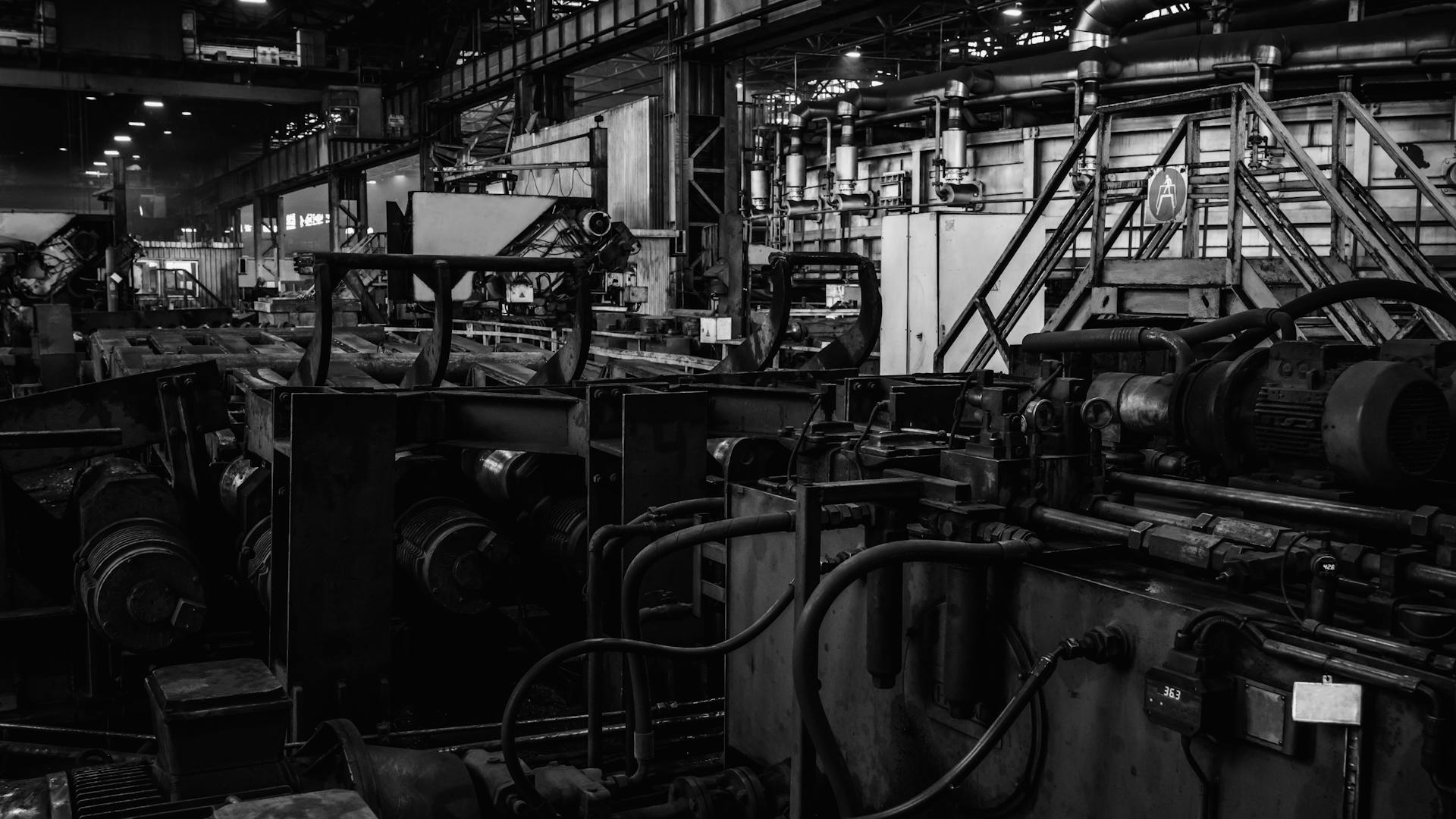Introduction
As global demand for faster deliveries continues to soar, sustainability remains a top priority. Green supply chains focus on reducing waste, lowering emissions, and optimizing resource usage. By combining IoT sensors and SaaS solutions, logistics providers can track goods in real time, streamline operations, and cut their environmental footprint—ultimately achieving faster, greener, and more transparent delivery processes.
IoT Sensors in Transit
IoT sensors revolutionize how goods move from point A to point B by providing real-time visibility into shipment conditions. Whether monitoring temperature for perishable items or detecting location updates for high-value cargo, these sensors deliver actionable data to both shippers and customers.
- Live Tracking: Pinpoint a shipment’s exact location at any moment.
- Condition Monitoring: Sensor alerts if cargo experiences unexpected temperature or humidity fluctuations.
- Predictive Maintenance: Detect wear or damage in transport vehicles, reducing breakdowns and delays.
Reducing Fuel Consumption
With accurate data on delivery routes and vehicle performance, companies can optimize driving schedules and reduce excess mileage. Smart route planning tools, fueled by sensor data, help drivers avoid traffic congestion and plan refueling stops, minimizing idle time and fuel waste.
- Efficient Routing: Algorithms factor in traffic patterns and road conditions.
- Fewer Empty Miles: Consolidating shipments prevents vehicles from traveling partially loaded.
- Eco-Friendly Driving: Vehicle sensors encourage smoother acceleration and less idling.
SaaS Platforms for Logistics
SaaS solutions make it easier to manage complex supply chains by hosting software on the cloud. Teams can access centralized dashboards for inventory tracking, route planning, and delivery status—all without heavy upfront IT costs.
- Scalability: Pay-as-you-go models let companies expand or contract usage as demand changes.
- Integrated Data: Connect all aspects of logistics, from warehouse stock levels to final-mile delivery.
- Streamlined Collaboration: Multiple stakeholders—suppliers, carriers, and customers—share insights in real time.
Transparent Supply Chain Management
Real-time data fuels end-to-end visibility, so customers and businesses know exactly where goods are and how they’re handled. Transparency builds trust, as potential issues like delays or damage are immediately flagged, allowing for swift corrective actions.
- Live Updates: Automated alerts if shipments deviate from planned routes or schedules.
- Sustainability Tracking: Metrics on carbon emissions and fuel usage highlight areas for improvement.
- Enhanced Accountability: Clear data trails ensure each party meets environmental and delivery commitments.
Conclusion
Bringing together IoT sensors and SaaS platforms is a game changer for sustainable logistics. Live monitoring cuts unnecessary travel, lowers fuel consumption, and drives more efficient routing—all while providing stakeholders with unprecedented supply chain visibility. As more businesses adopt these interconnected technologies, the push toward greener supply chains not only benefits the planet but also sets a new standard for reliability, cost savings, and customer satisfaction.




